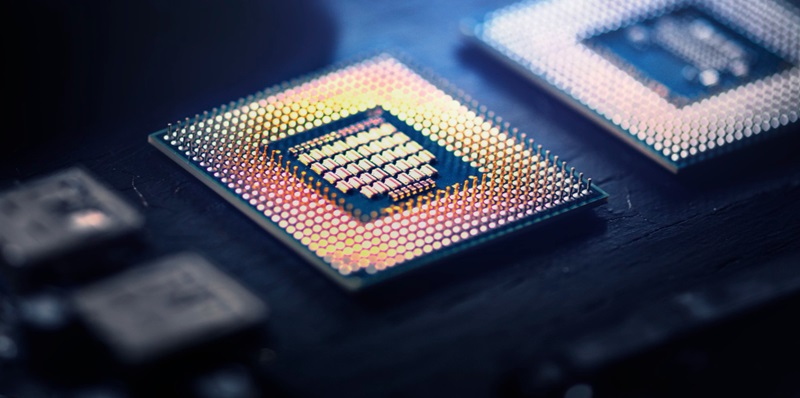AMD, renowned for its consistent two-year cadence of CPU launches, has raised eyebrows with recent rumors suggesting a significant departure from its usual schedule. According to insiders, AMD might be adjusting its plans for the highly anticipated Zen 5 architecture, potentially launching it as early as April instead of the previously anticipated September release. This unexpected shift in the launch timeline has sparked speculation and debate within the tech community.
Zen 5 Launch Rumor
Traditionally, AMD has adhered to a predictable timeline for its CPU releases, making the rumored adjustment for Zen 5 all the more surprising. While the company has yet to make an official announcement, sources suggest that AMD could break away from its usual cadence and release Zen 5 several months in advance, potentially in April. This unexpected move would deviate from the established pattern and create a buzz around AMD’s next-generation offering.
Architecture and Naming
According to reports from High Yield, AMD’s next-generation architecture, likely to be named Ryzen 9000, is not expected to bring significant architectural changes compared to its predecessor, Zen 4. Despite this, the sources claim that Zen 5 will deliver a notable “double-digit” instructions per clock (IPC) uplift over Zen 4, possibly ranging between 10 and 20%. This improvement could result in enhanced performance and efficiency, boosting AMD’s competitive edge.
Early desktop CPU launch
If the rumors hold true, AMD’s plan to launch the top desktop CPUs for Zen 5 in April might offer the company a substantial advantage. By capitalizing on Intel’s lackluster Raptor Lake refresh, which has received limited enthusiasm from consumers, AMD aims to exploit the vulnerability of its competitor and secure a larger market share. This strategic move could propel AMD to the forefront of the CPU market, capturing the attention and support of consumers seeking cutting-edge performance.
X3D Chip’s release
In addition to the early Zen 5 desktop CPU launch, rumors also suggest that AMD plans to release its X3D chips later in the year. By timing this release to coincide with Intel’s Arrow Lake CPU launch, AMD intends to steal the thunder from its rival and further solidify its market position. This calculated move not only showcases AMD’s confidence in its product roadmap but also demonstrates a willingness to strategically challenge Intel on multiple fronts.
Contrasting reports
While the rumors about an April release for Zen 5 have gained traction, there are dissenting voices within the tech community. Notable tech leakers have disputed the likelihood of such an early launch, pointing out that AMD may adhere to its tried-and-true strategy of launching regular chips later in the year, followed by the X3D chips at CES 2025. These disparate reports add to the anticipation and uncertainty surrounding AMD’s upcoming moves.
AM5 chipset delay
One aspect conspicuously absent from the recent rumors is any mention of the next-generation AM5 chipset. Speculation suggests that this chipset, which was expected to accompany Zen 5, may face delays or could even be scrapped altogether. The lack of information surrounding the AM5 chipset raises questions about its status and potential impact on the overall CPU release plans.
Potential Technological Choices
To maintain its competitive advantage, AMD may opt for the use of TSMC’s 4nm fabrication process for Zen 5, focusing on cost-saving measures rather than pursuing groundbreaking technology. Given the underwhelming reception to Intel’s Raptor Lake refresh, AMD’s emphasis on modest technological improvements could be sufficient to outperform its competitor. This approach would enable AMD to maximize profits while providing customers with an incremental boost in performance.
As the rumors surrounding AMD’s rumored early launch of Zen 5 intensify, the anticipation and speculation within the tech community grows. While the possibility of an April release for Zen 5 offers exciting prospects for consumers, conflicting reports indicate that AMD might stick with its regular release cycle. Additionally, the mysterious absence of information regarding the AM5 chipset further adds to the intrigue surrounding AMD’s future plans. As enthusiasts eagerly await official announcements from AMD, the industry remains on edge, poised for a potential shake-up in the CPU market.

